
Summertime arrives and life feels easier. Crisp iced lemonade, smells of freshly mowed grass, and sounds of children splashing in the backyard pool at once evoke a mindful appreciation for the present and tug at childhood nostalgia. Spending all day in the sun at the beach or in the garden helps increase vitamin D intake and boost your mood ( Casseb et al., 2019) , but it’s important to avoid getting overheated. One way to keep the heat at bay while enjoying the beautiful weather is to make a cooling herbal compress.
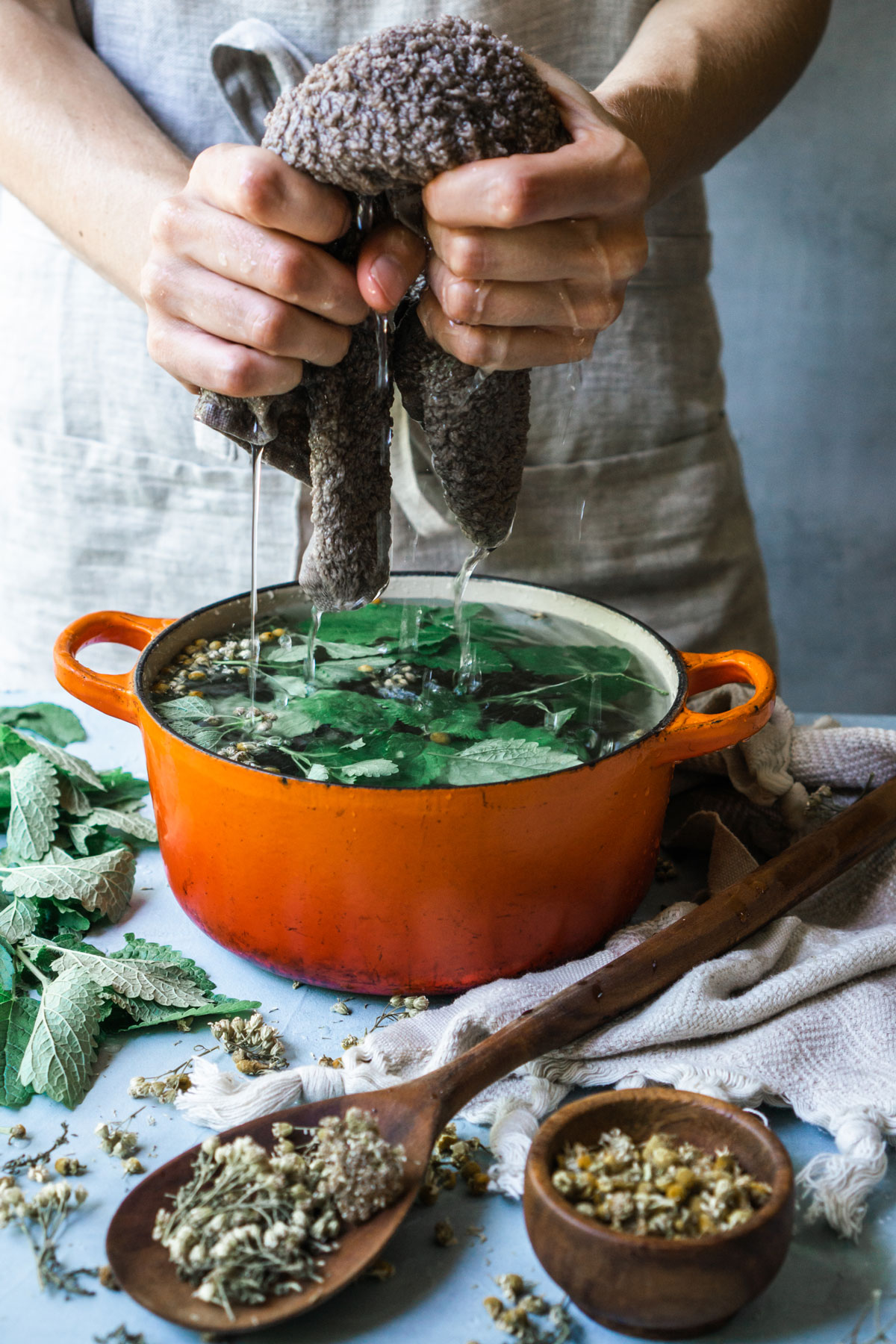
What is an Herbal Compress?
Herbal compresses , also called “fomentations,” are easy to make home herbal remedies. Most simply, herbal compresses are made by soaking a natural fiber cloth in a concentrated herbal solution. Cold compresses work by drawing heat away from the body into the cooler material of the compress; the blood near the surface of the skin is slightly cooled, which is perfect after a long day in the hot sun. Compresses can also help soothe injuries and inflammation in the body. Depending on the herbs used in the application, and the temperature of water used, they can help the body in many ways (Tilgner, 1999).
WE RECOMMEND THE VIDEO: Relaxing Moments in The City #Part 107 (Full Screen HD)
Watch many video at website: thanks for watching my video! Please share videos and subscribe to my channel! Facial skin ...
There are a number of ways to make a cooling herbal compress. Create a compress using a cloth made of natural fibers, like cotton or linen, and soak it in a concentrated herbal infusion, decoction, or vinegar. Herbal oils are also an option. To enhance the herbal benefits of a compress, you may even choose to add a tincture to the mix. While compresses do take some time to prepare, with a bit of patience and mindfulness they can ease tension and help soothe many imbalances and disturbances, including sunburns, heat exhaustion, and inflammation.
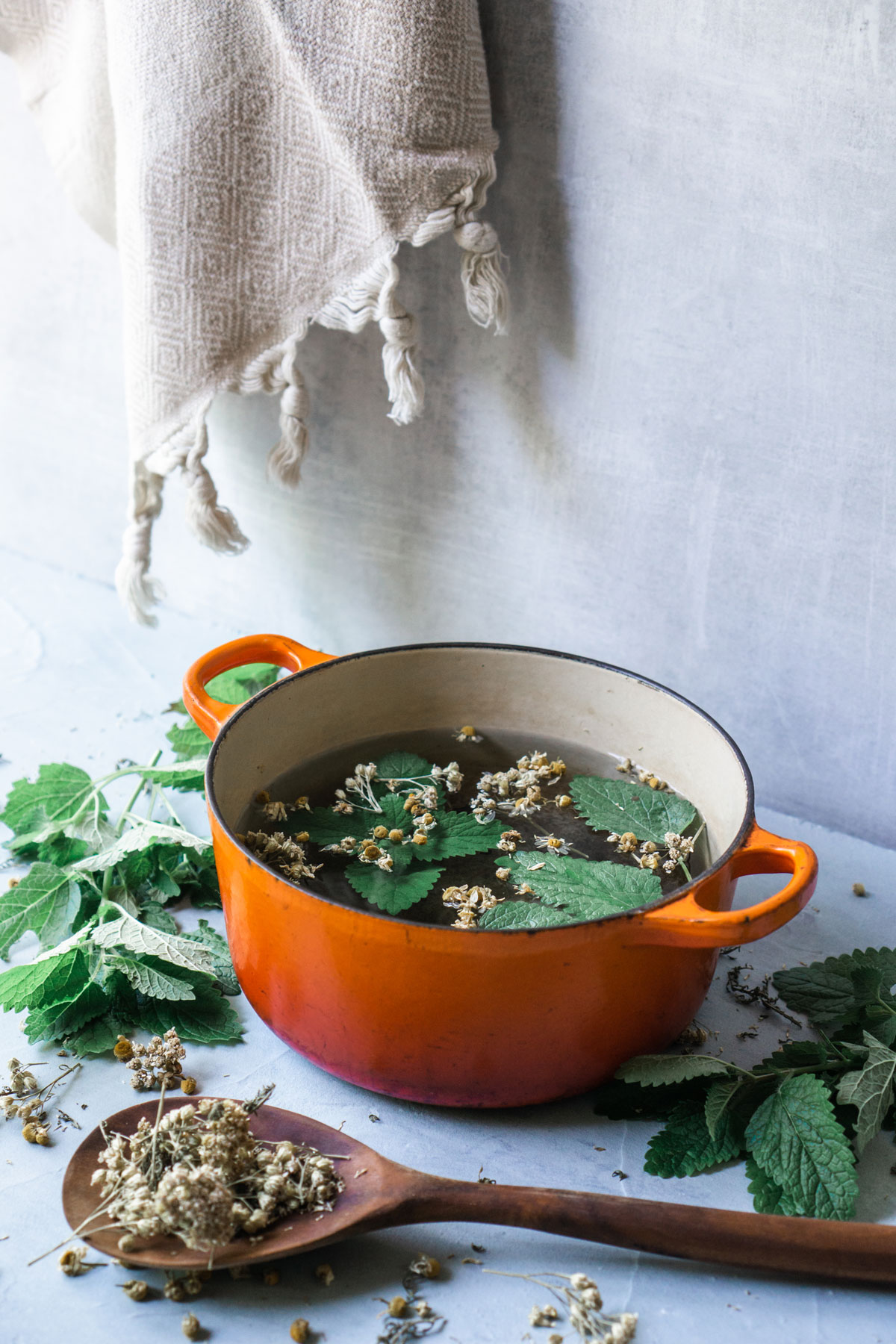
How to Make a Cooling Herbal Compress
If you have overdone it in the sun, then follow these basic steps to make a cooling herbal compress. After we go over these steps, then I’ll outline different herbs for various purposes.
- Use 3-4 tablespoons of fresh or dry herbs per cup of water. You want the infusion to be concentrated.
- Add the herbs of your choice to hot water and steep for 30 minutes, covered. Try not to lift the cover as you will release the herbs’ valuable oils.
- Using cheesecloth or a fine-mesh strainer, strain the herbs from the water into a bowl.
- If you choose to add a tincture, see instructions here .
- For a cool compress, wait until the liquid cools; you may choose to place it in the fridge, covered, to speed up this process.
- After the liquid has cooled, take a clean piece of cloth and drench it in the liquid. Squeeze out any excess liquid before applying it to the affected area.
- On a hot day, compresses can provide relief when placed over the forehead, on the back of the neck, around the ankles, or on any area that is feeling the heat!
- The compress will get warm quickly, so when it does, resubmerge the cloth in the liquid and repeat the process.
Best Herbs for Cooling Compresses
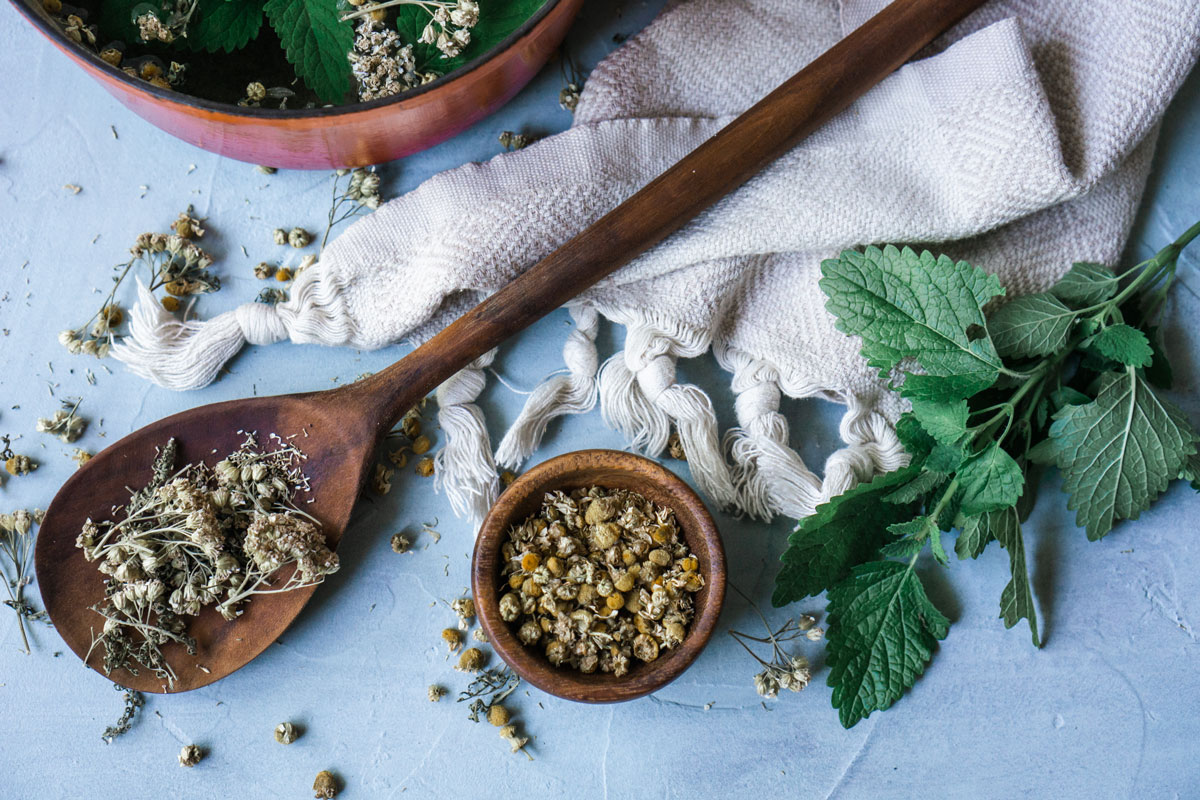
While we all know the importance of sun protection, there are times when we accidently stay out in the sun too long, forgetting to reapply our SPF. Aloe ( Aloe barbadensis ) leaf remains the natural go-to for sunburns (Qadir, 2009); however, a compress is helpful when the sunburn is concentrated in one area. Many of us have experienced those painful burns on the top of our knees or the back of our necks, and while there are many other natural sunburn remedies , a cooling peppermint compress can provide quick and effective comfort when experiencing this type of burn.
For Sunburns: Peppermint ( Mentha x piperita ) aerial parts
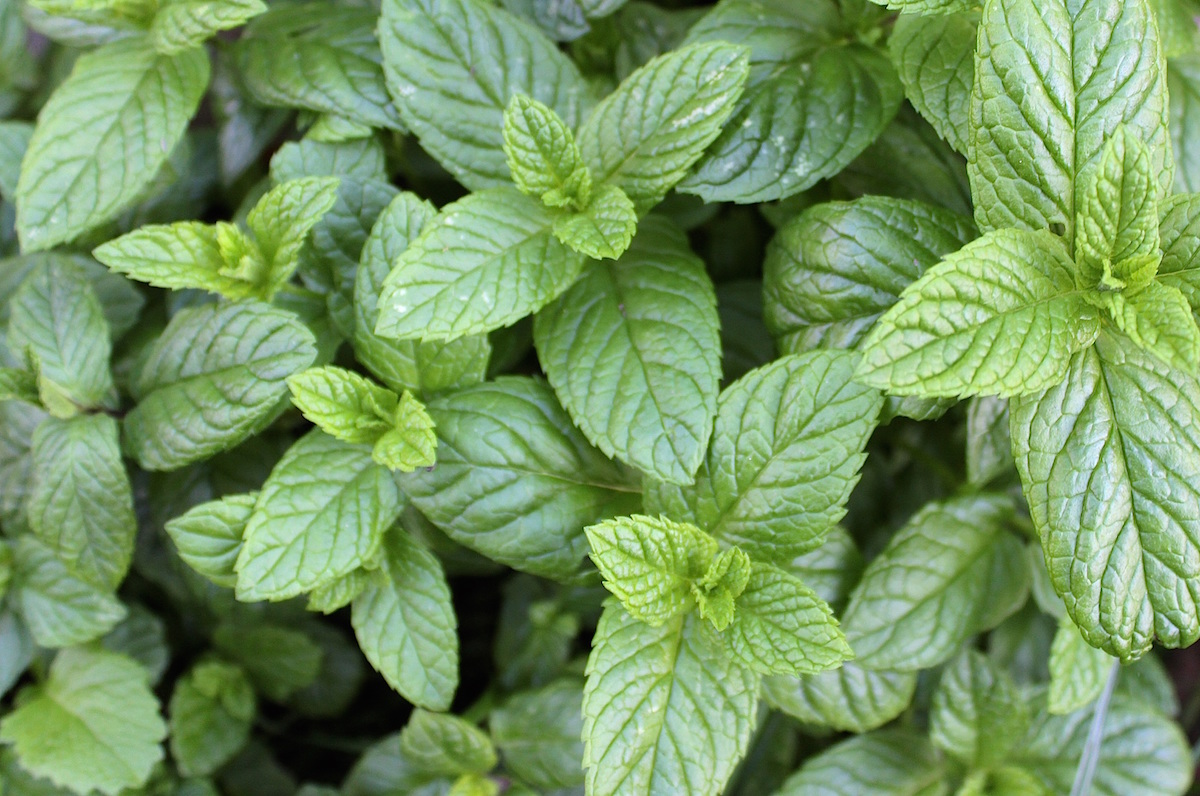
There is nothing quite like the invigorating scent and flavor of mint ( Mentha x piperita ) leaves freshly picked from the garden. It’s easy to sense mint’s cooling properties with one deep breath of the plant. What’s more, mint is easy to grow and readily available for harvest throughout the summer months, making it a perfect addition to any herb garden. Mint can also thrive in container gardens, if your outdoor gardening space is limited.
There are many varieties of mints, and they can be used in many different wellness applications. In topical applications, mints help to relieve pain and soothe inflammation. Mint is applied topically to relieve everything from bug bites to headaches and tooth pain (Mars, 2006; McIntyre, n.d.).
Mint’s cooling nature makes it a perfect option for an herbal compress. Simply steep 4 tablespoons of peppermint per each cup of hot water, cover, and let steep for 30 minutes before straining. Allow the infusion to cool before soaking a linen and applying it to the sunburn. The application may tingle due to it’s menthol content. Be aware of any potential adverse reactions and remove the compress at any sign of discomfort.
For Overheating: Yarrow ( Achillea millefolium ) aerial parts
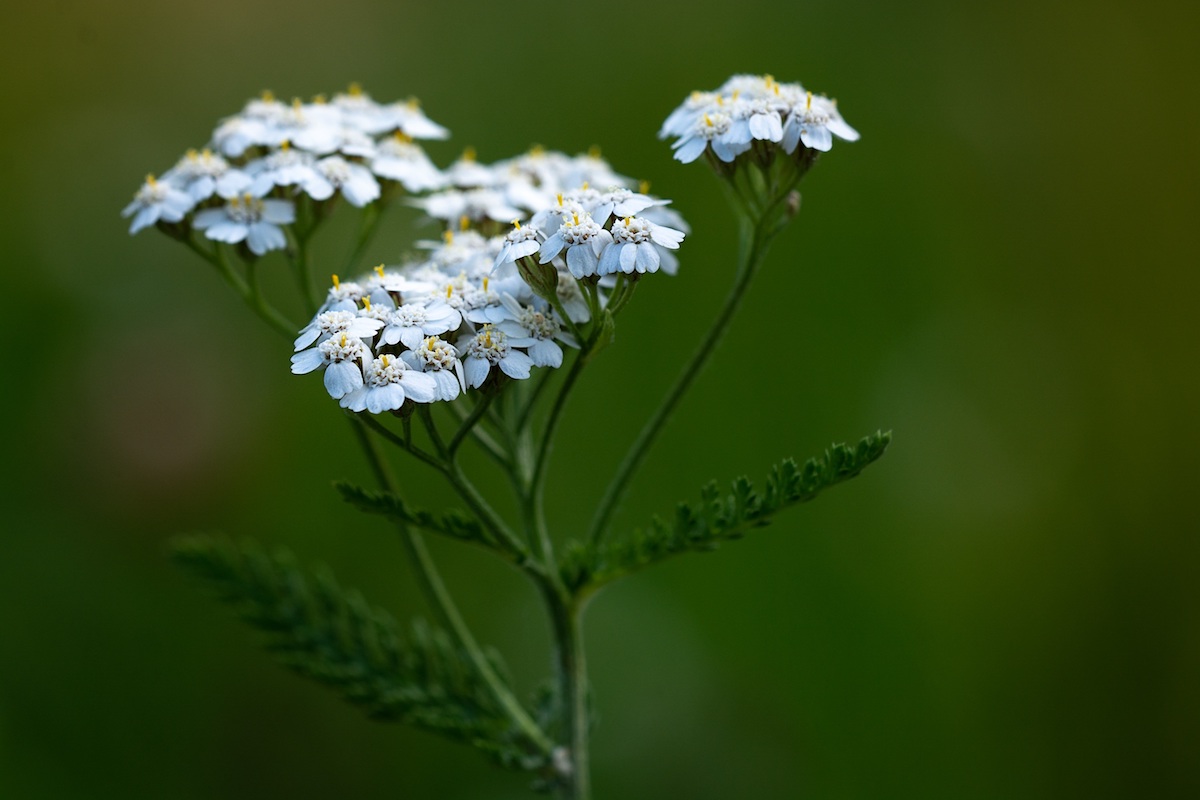
Yarrow ( Achillea millefolium ) is often overlooked as a common weed in fields, gardens, and pastures all around the world. But for those who know what they’re looking for, yarrow stands out as the powerhouse herbal ally that it is. There are many different colors of yarrow: pink, yellow, white; however, the white variety is the one traditionally used for herbal purposes. For more on how to properly identify and forage yarrow, see Adding Yarrow to Your Materia Medica .
Commonly used by herbalists to treat symptoms of influenza, or applied topically as a liver compress, yarrow has powerful botanical properties. Harvest yarrow in the morning before the sun has dried out its essential oils, and keep it on hand to use in a compress for overheating.
Yarrow is known for its ability to regulate blood flow in that it assists the body’s capacity for tempering heat when there is inflammation or fever (Wood, 2009). Yarrow is particularly useful when the body is overheated or experiencing a fever, making it an effective summer remedy.
Create a yarrow infusion by pouring 1 cup of boiling water over 3-4 tablespoons of dried yarrow and infuse for 30 minutes before straining. After It has cooled, soak your linen cloth in the liquid and apply to your forehead or neck for instant relief.
For Anxiety: Chamomile ( Chamomilla recutita or Chamaemelum nobile ) flower and Lavender ( Lavandula spp.) flower
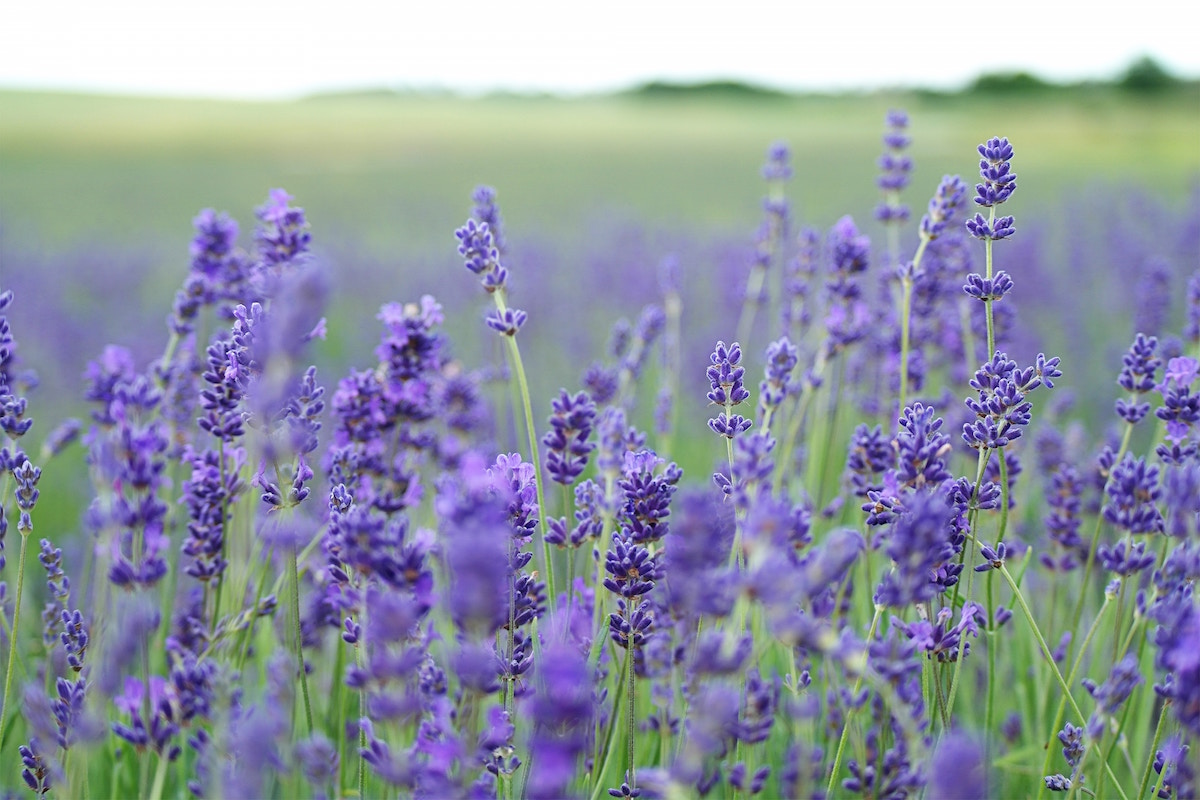
Even in the summertime when things seem to slow down, we remain in a fast-paced world, constantly inundated with information from social media and the web. For those long summer days when you’ve put in for some vacation time, consider concocting a calming herbal compress. Enjoy an infusion of lavender and chamomile as a cooling application that allows you to relax as you enjoy a summer evening on the veranda.
Lavender is popular for its ability to soothe anxiety and stress; topical application of lavender can also aid minor skin irritations and even sunburns. Its versatility allows it to play double-duty when used in a cooling herbal compress. Typically used as an essential oil in aromatherapy, lavender can benefit the central nervous system in the body (Chu & Kemper, 2001). Research has demonstrated that lavender can help regulate emotions and aid in stress reduction. It is also antimicrobial and has been used to aid digestive discomfort (Chu & Kemper, 2001). Diffusing lavender not only lends a calming earthy aroma to any room, but it can also reduce anxiety levels and contribute to an overall sense of calm.
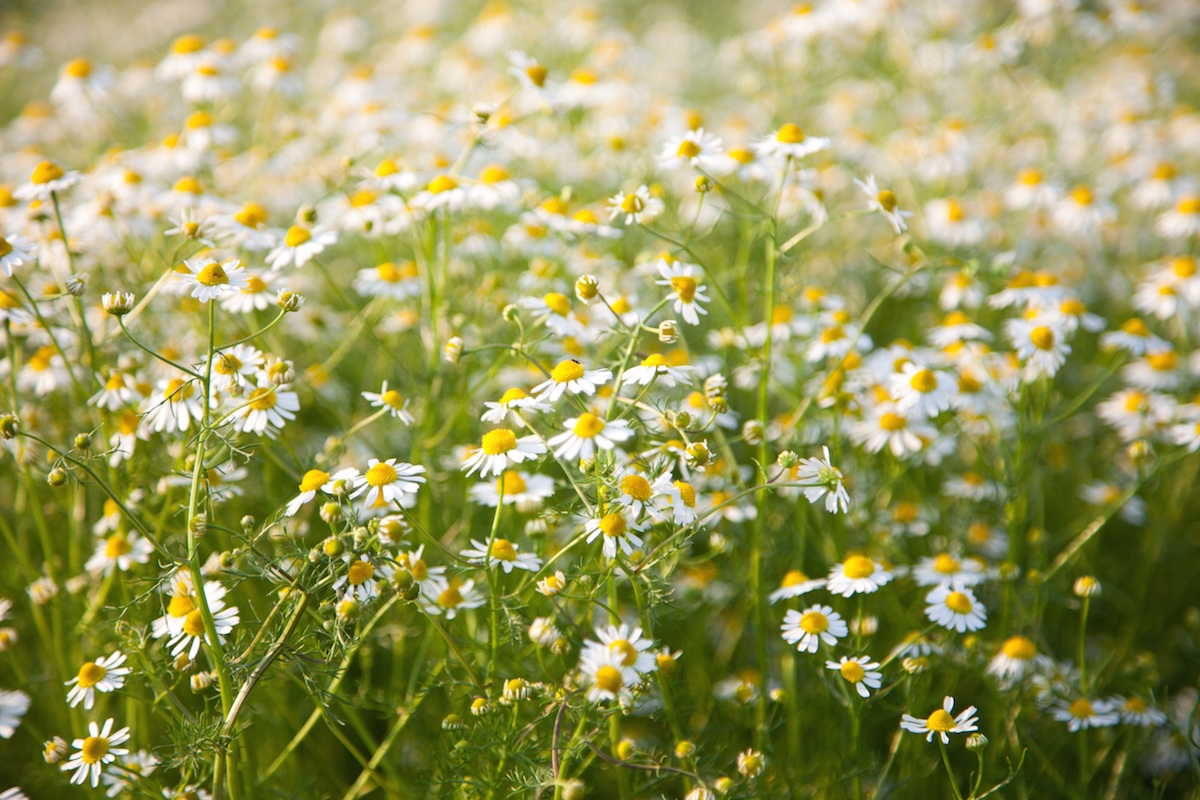
Chamomile is traditionally brewed as a calming tea to ease tension before bedtime (Srivastava & Gupta, 2010). The two most common types of chamomile are German chamomile ( Chamomilla recutita ) and Roman chamomile ( Chamaemelum nobile ). When harvested and dried, the flowers of the plant contain terpenoids and flavonoids that make up its beneficial properties. Along with its popularity as a bedtime ritual, chamomile is used to soothe inflammation, muscle spasms, menstrual issues, ulcers, wounds, gastrointestinal disorders, rheumatic pain, and hemorrhoids (Srivastava & Gupta, 2010).
Considering their combined benefits, chamomile and lavender make the perfect combination for a soothing and cooling herbal compress. Fragrant, beneficial, and relaxing, this compress is a great tension-buster . I recommend applying this compress on your forehead, neck, or chest to help you slow down. Consider adding a few drops of lavender essential oil directly to your compress linen to intensify the aroma.
To make this compress, simply steep 3 tablespoons of each herb per cup of hot water. Let steep for approximately 20 minutes before straining. Drench a linen in the cooled tea and place it over the affected area for a calming, cool treat on a summer evening. Another option is to fill two reusable tea bags with 1 tablespoon of each herb. Brew a nice pot of lavender-chamomile tea, and then set the tea bags aside in a tightly sealed container. Place the container with the tea bags in the fridge for up to two days. Remove the chilled tea bags, turn on some relaxing music or a guided meditation, lay back, and place the tea bags over your eyes. In my experience, this practice can reduce puffiness in the eyes and face after a long day in the sun.
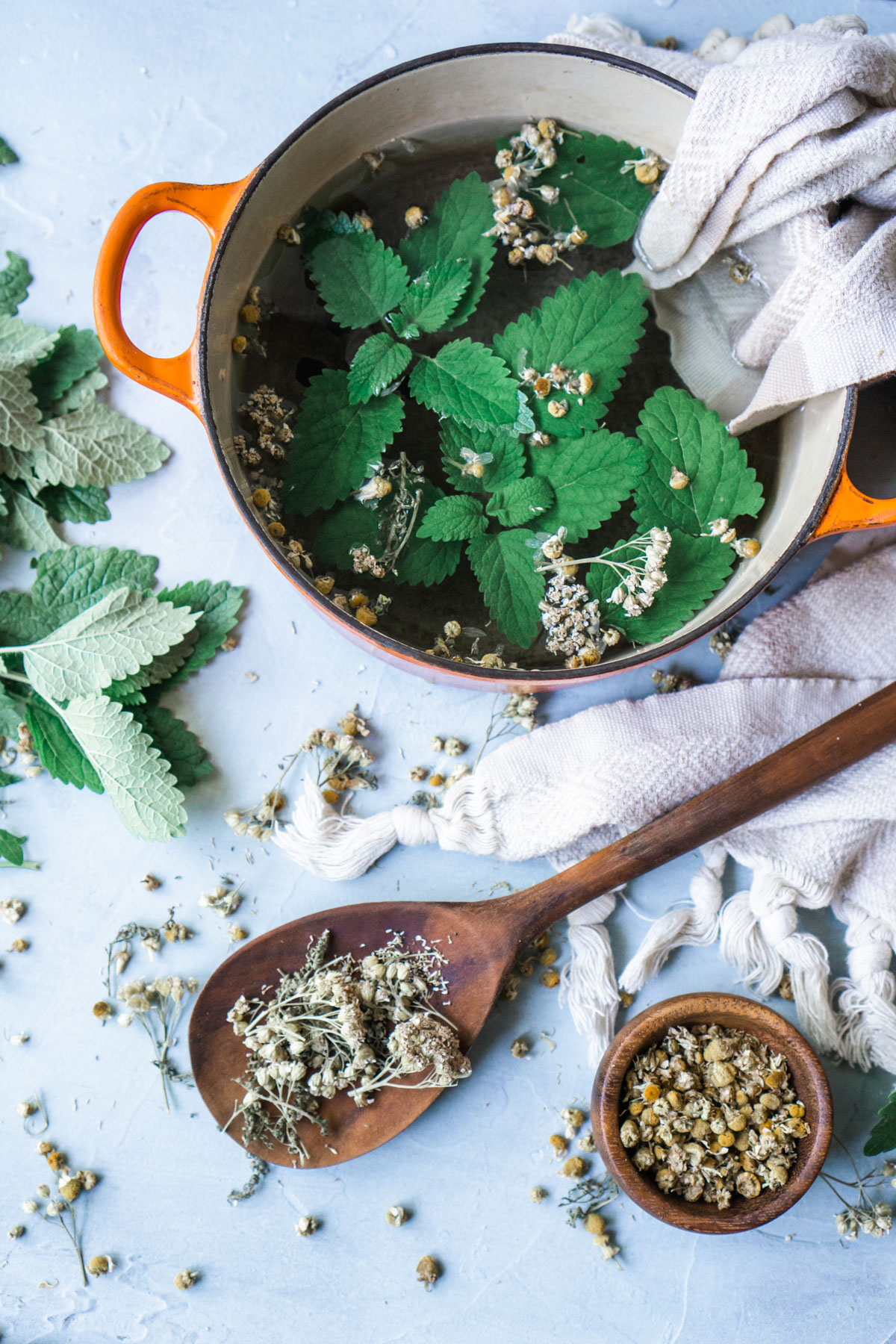
In Closing,
Whether you’re enjoying a day with the kids on the beach, working in a muggy office, or spending a sunny day in the garden, summer is the time to mindfully unwind. Incorporating these cooling herbal compresses into your summer routine will not only help you stay refreshed, but they can also aid in relaxation and contribute to overall wellbeing during summer months.
For more information about herbs and techniques that can help you stay cool naturally during hot summer months, download Herbal Academy’s FREE ebook, Cooling Herbs for Hot Summer Days!
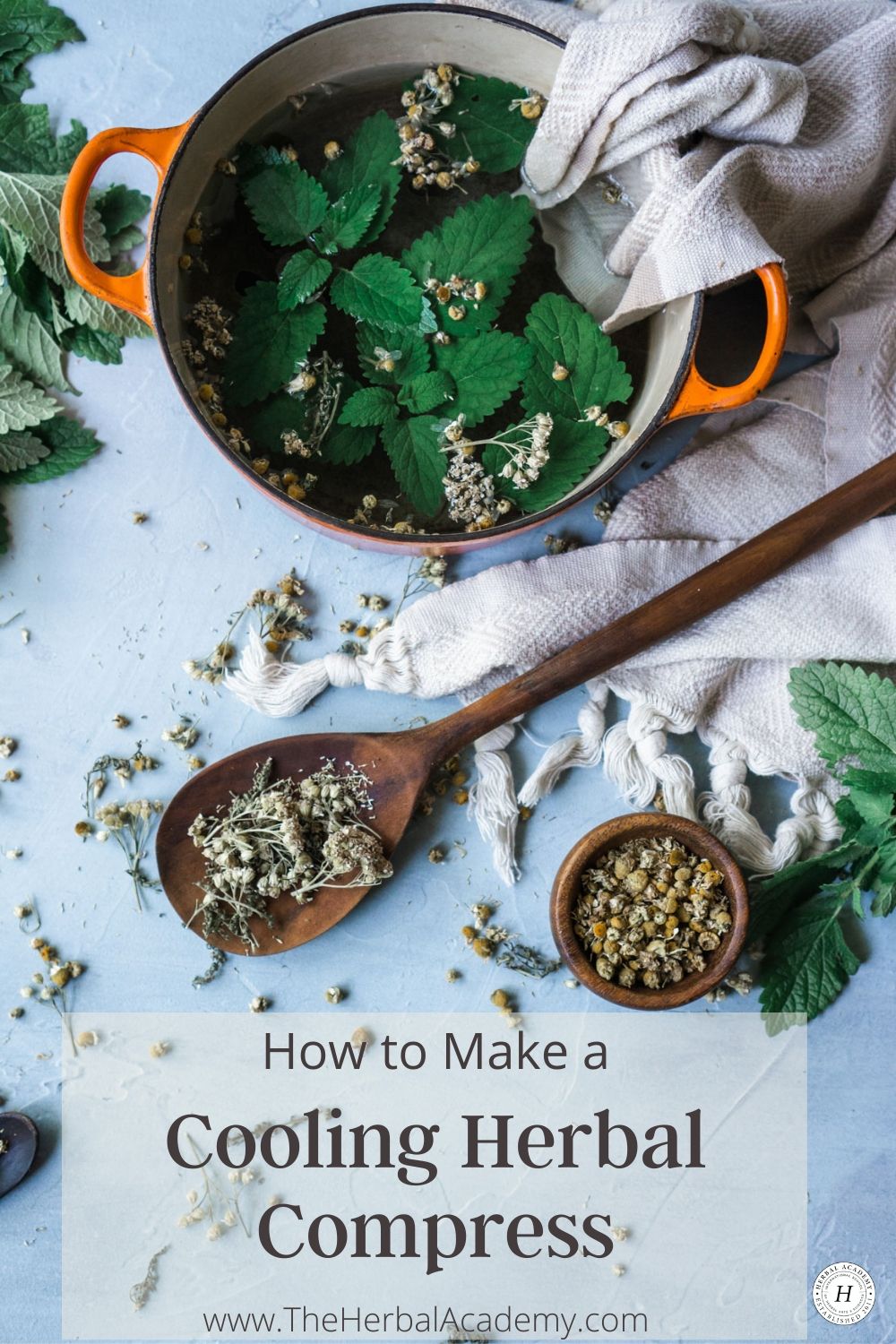
Casseb, G. A., Kaster, M. P., & Rodrigues, A. L. S. (2019). Potential role of vitamin D for the management of depression and anxiety. CNS drugs , 33 7, 619-637.
Chu, C.J., & Kemper, K.J., (2001). Lavender ( Lavandula spp.). Longwood Herbal Task Force , 32 .
Mars, B. (2006). Healing herbal teas . Laguna Beach, CA: Basic Health Publications, Inc.
Srivastava, J.K., & Gupta, S., (2010). Health benefits of chamomile. Drug plants I , 33-53.
Qadir, M. I. (2009). Medicinal and cosmetological importance of Aloe vera. International Journal of Natural Therapies , 2, 21-26.
Wednesday, December 9, 2020